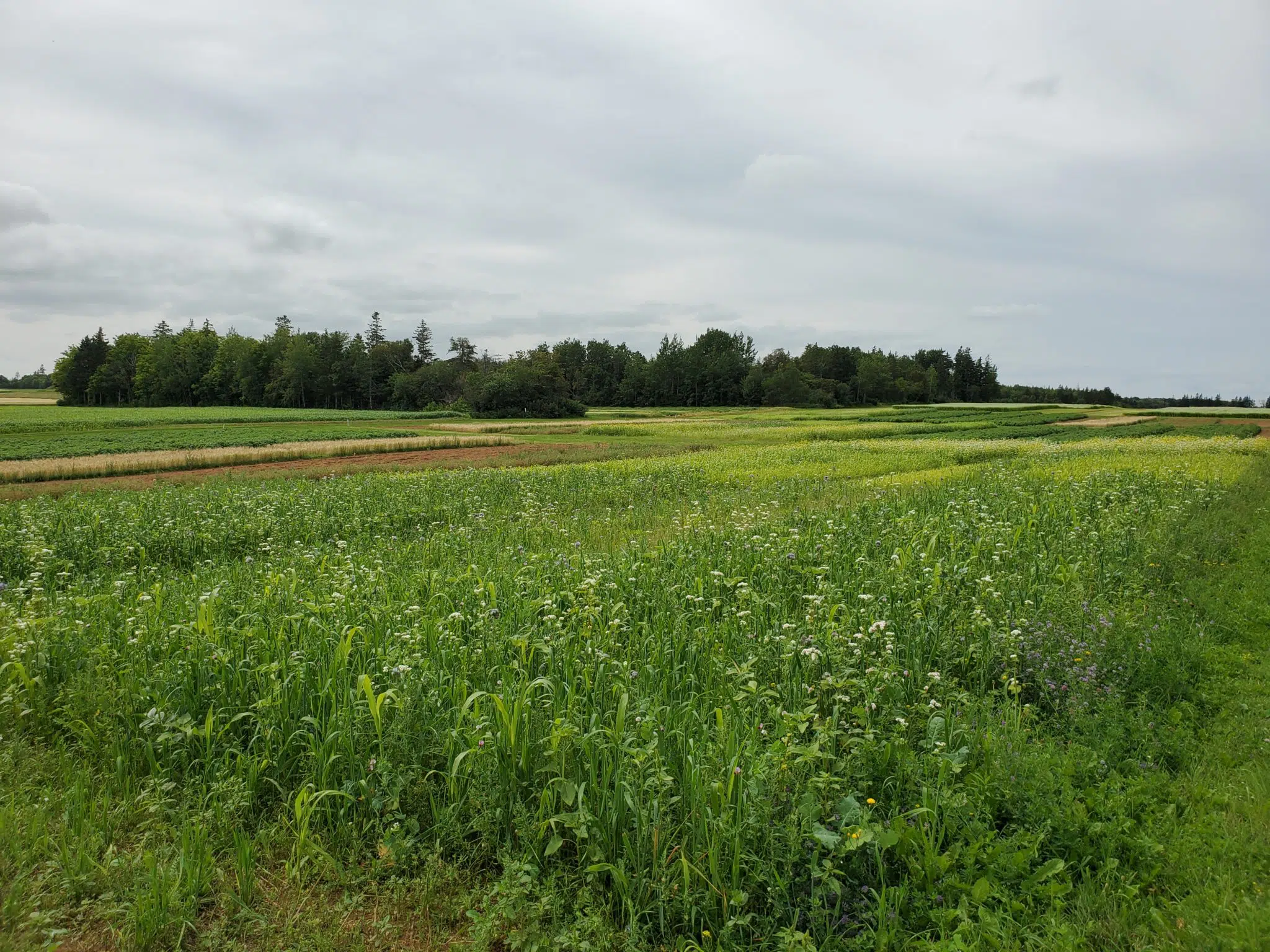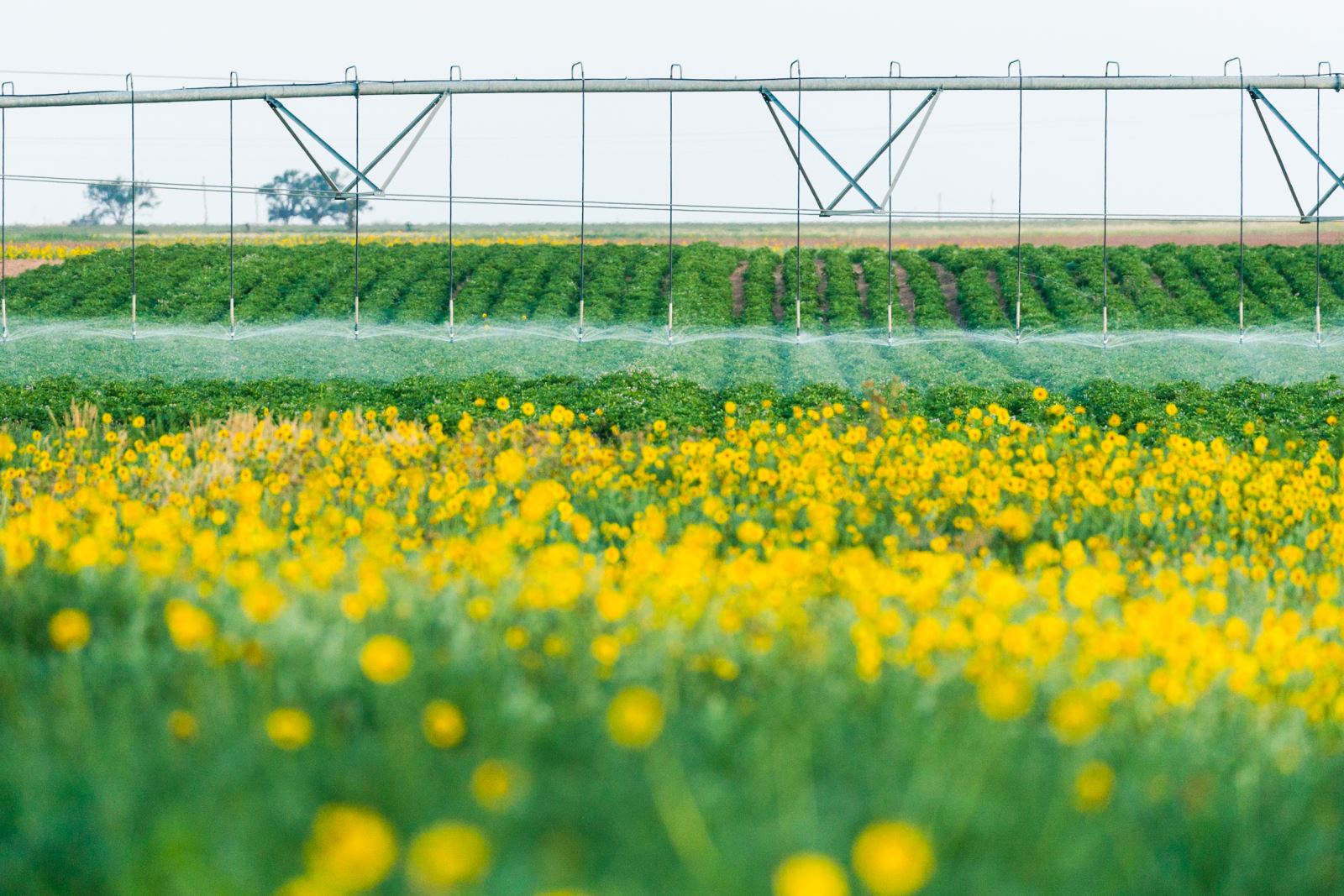Diversity not always key when it comes to cover crops

When it comes to cover crops, the claims of what they can do for your fields are wide and varied. However, those claims don’t all live up to the test including ones about the benefits of crop diversity. At the International Potato Technology Expo in Charlottetown, P.E.I. on March 31 Aaron Mills, research scientist with Agriculture and Agri-Food Canada (AAFC), spoke about crop rotations and cover crops. He mentioned a study done by AAFC’s Andrew McKenzie-Gopsill who showed the effect of diversity on weed control in cover crops.
“I get the sense that cover crops are becoming more and more popular. And I also get the sense that a lot of people are planting them without really knowing why they’re planting them,” Mills says.
There has been a lot said about cover crops over the years, and through numerous studies some of those so-called benefits have been debunked while others have lived up to the hype. “We tend to think that more diversity is better. But from a weed control standpoint, if that’s what you’re going for with your cover crops, it was hard to tease out the effects of these diverse mixtures versus really strong cover crops in the monoculture,” Mills explains speaking about McKenzie-Gopsill’s study findings.
For example, buckwheat and sorghum sudangrass were used for a cover crop mixture, and while the two are highly effective for weed control they dominated the mixtures. Mills adds if you want weed control through crop, it’s better to focus on specific crops that are members of the mixture than to mix them all together. One thing to keep in mind when planning crop rotations with cover crops is, longer is better. When you have a tighter rotation then you run into problems, Mills says.
Crop Rotation Study
In a five-year crop rotation study led by Mills, he took over study fields which had previously been started with carrots as their main crop in 2005. In 2018 the fields were switched to having potatoes as the main crop, leading to support and collaboration with the Prince Edward Island Potato Board. Mills’ study looked at the effects of cover crop diversity on potato yield and quality.
In Mills’ study, the trial fields were located at the AAFC Harrington Research Farm in P.E.I. The initial crop rotations used carrots as the main crop, with barley and pearl millet, barley under seeded with timothy and timothy, and barley under seeded with timothy and timothy under seeded with pearl millet, being used as cover crop rotations. There were a few phases of crop rotation studies completed before the switch to potatoes as the main crop took place, with the initial years finding the highest yields were recorded from rotations with one cash crop each in them.

Mills five-year study compared three different potato rotations and three different levels of diversity with cover crop mixtures. The crop rotations including potato were barley and ryegrass, buckwheat and brown mustard, field pea and ryegrass, sorghum sudangrass and pearl millet, a “commercial mix” of a proprietary blend including grasses, legumes and oilseeds, and the “Barrett mix” of buckwheat, sorghum sudangrass, peal millet, fava bean and brown mustard.”
“Despite former claims, cover crop diversity may not be the best for weed control in your potato fields.“
The study found a higher diversity of cover crops in a mixture doesn’t mean there will be a higher potato yield. It was also discovered it’s possible to make just as much money in a rotation with only has potatoes as a cash crop compared to rotations including potatoes and a secondary cash crop such as barley or peas.

